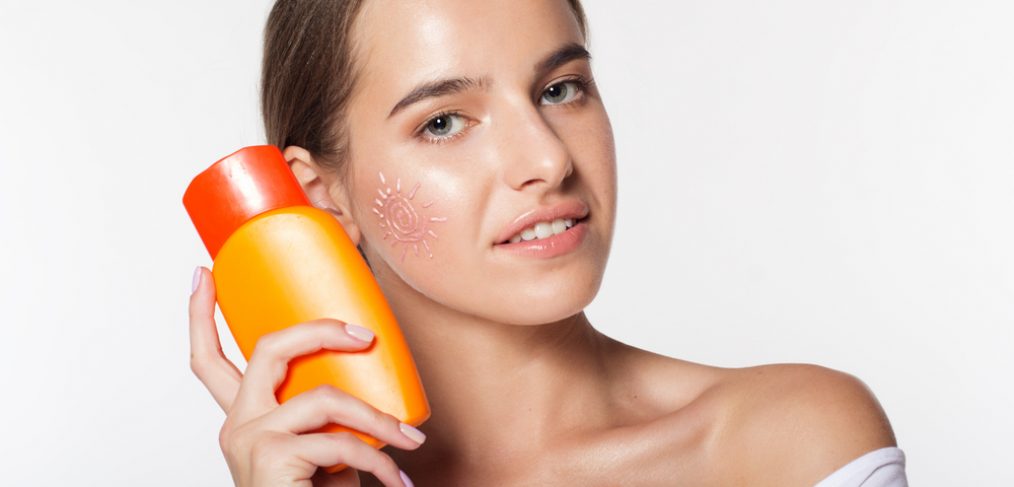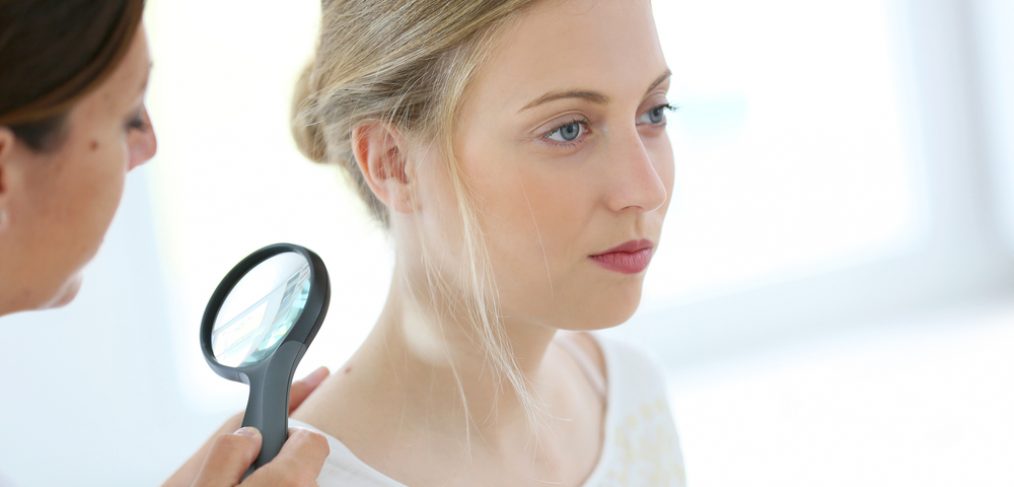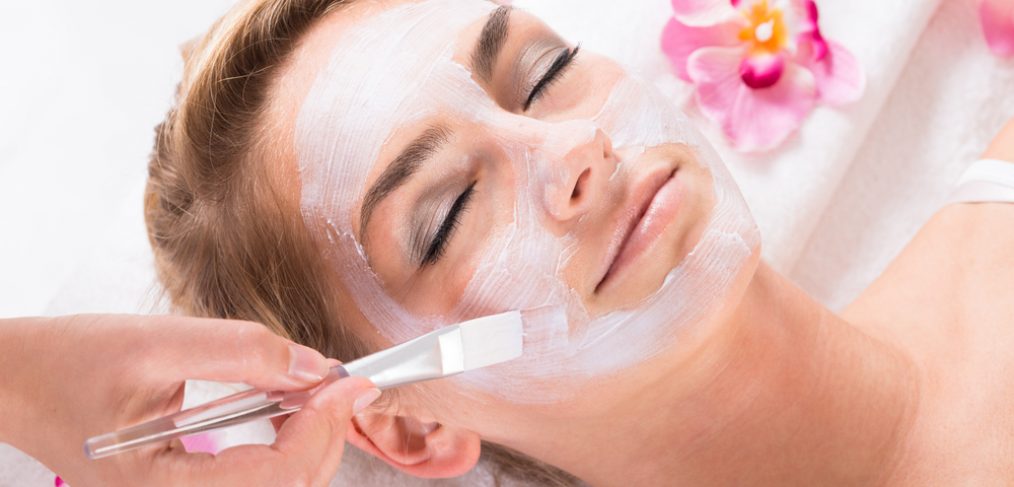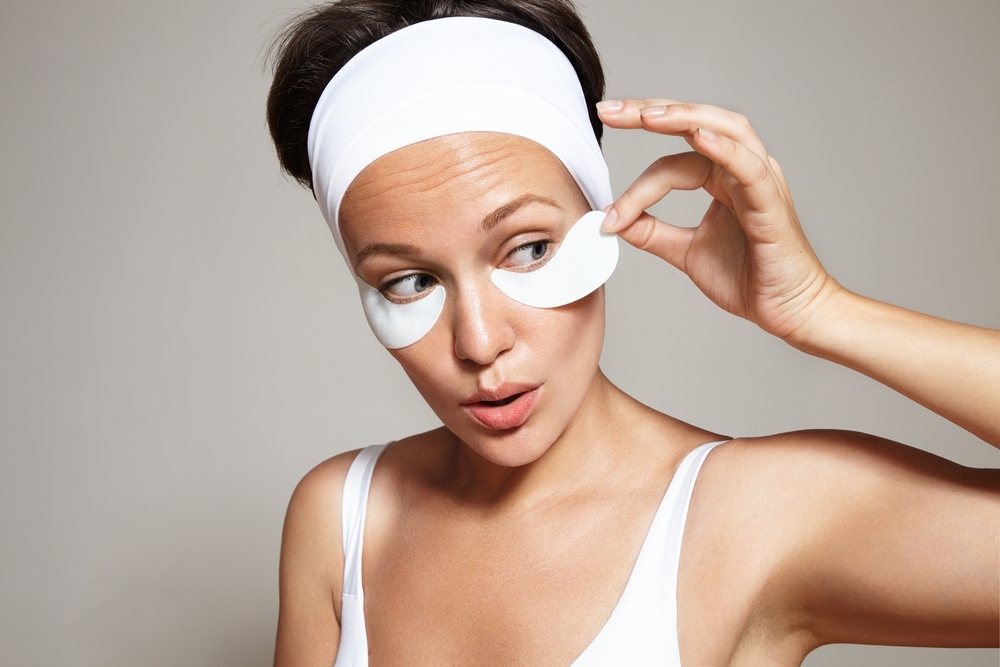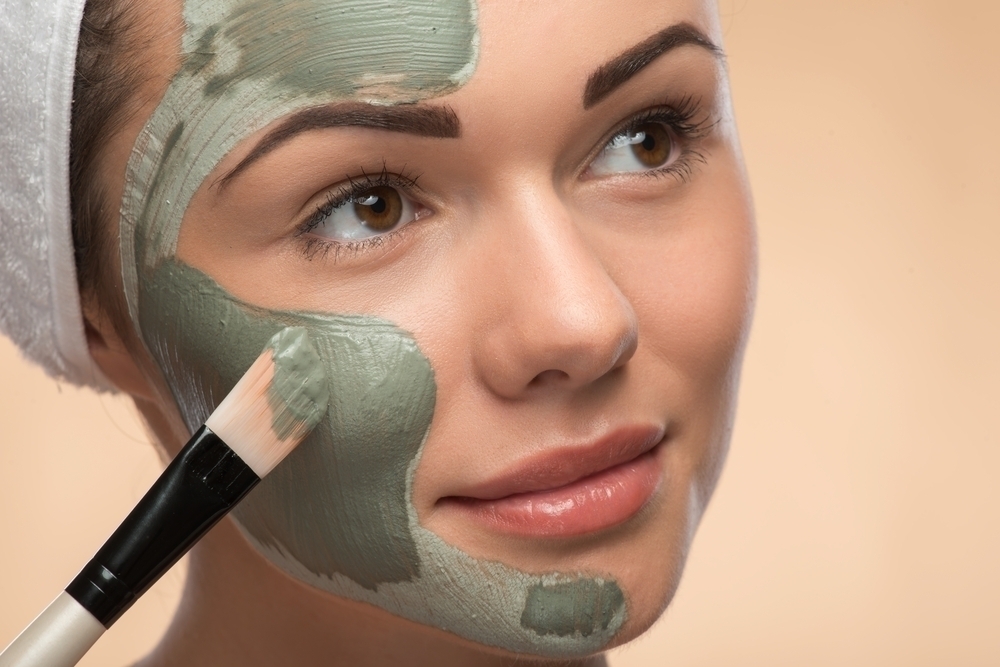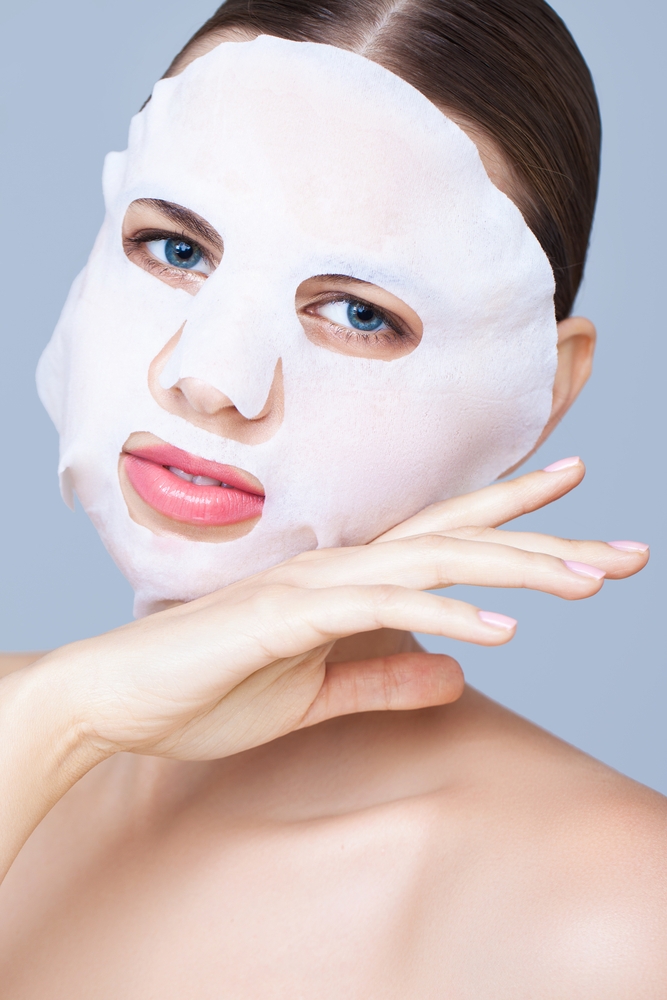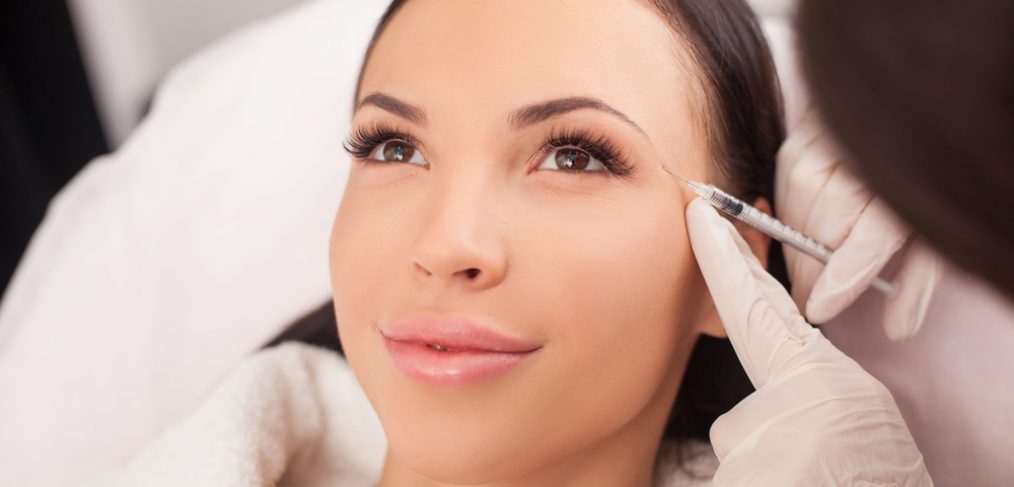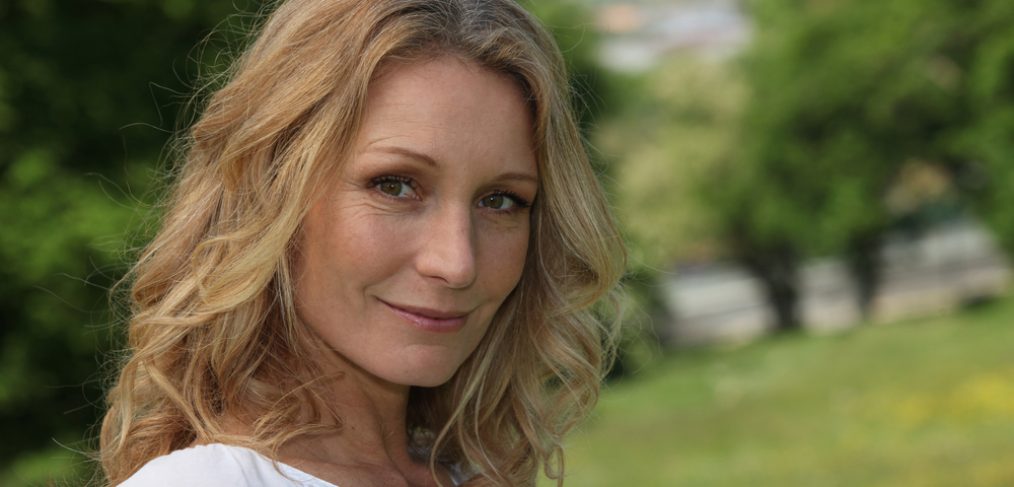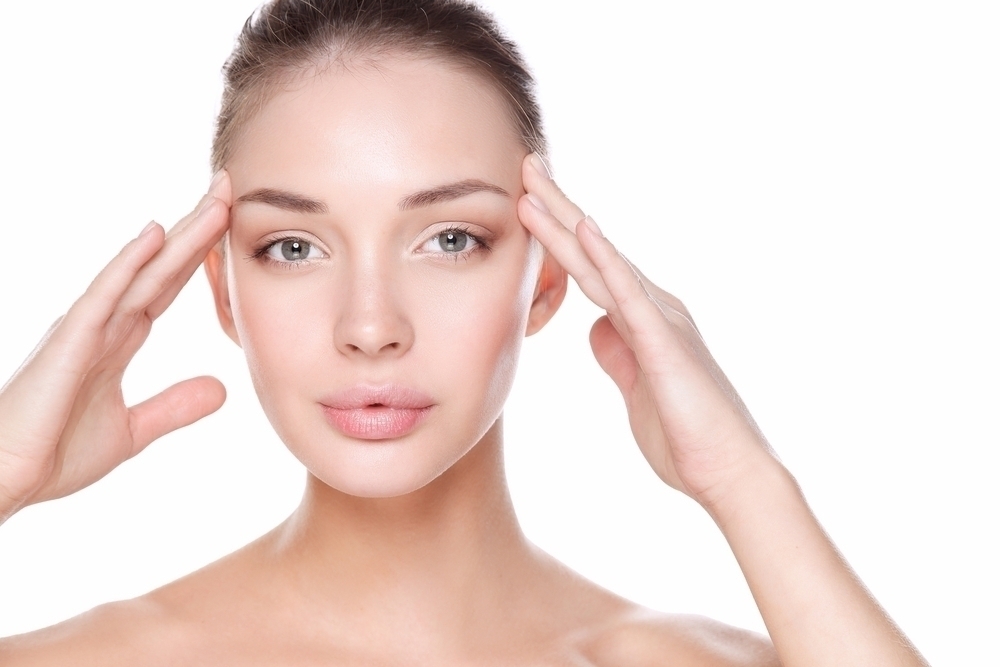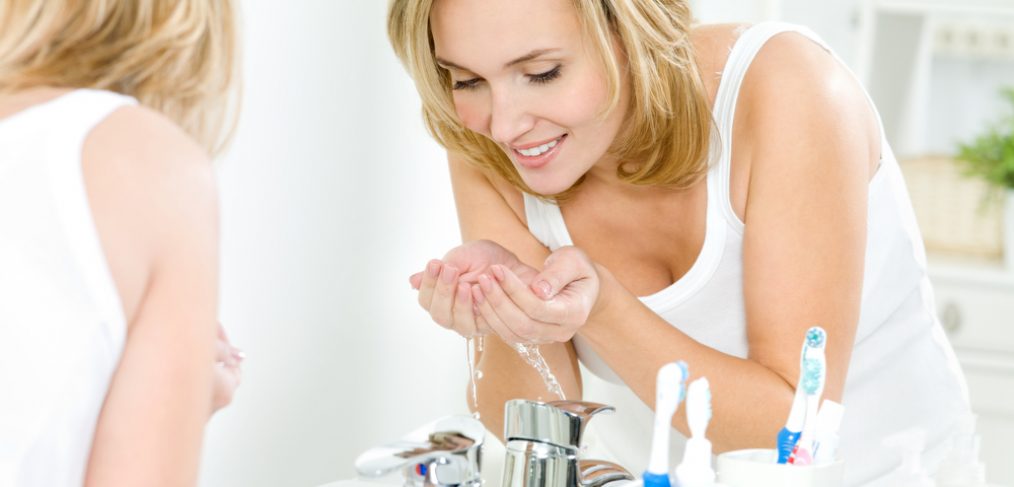Don’t leave your skin vulnerable to sun damage this summer! Follow these simple steps to keep your skin safe, so the only thing you have to worry about this summer is finding a good chair at the pool and an ice cold beverage.
Layer
Don’t expect your makeup to serve as your only protection! Use a moisturizer with SPF 30 as well as a foundation or tinted moisturizer with sun protection. Also, give your moisturizer some time to really sink into the skin before you move on to your primer- you don’t want to risk wiping off your protection when you move on to the next step of your routine!
Reapply
Most sunscreens will only protect your skin for a few hours- especially if you are at the pool or the beach! You should reapply your SPF a few times a day- or every 80 minutes if you are swimming or sweating. Read the label on the bottle to figure out exactly how often it is suggested to reapply for each brand of sunscreen or moisturizer. Don’t forget to throw a bottle of sunscreen, or a setting spray with SPF, in your bag before you leave the house to ensure your skin will be protected all day long!
Don’t Forget your Eyes!
Even if you use a moisturizer with SPF religiously, you may be neglecting some of your most sensitive skin- the areas around your eyes. Some kinds of sunscreen can sting your eyes, so try to find an eye cream or concealer formulated with SPF to protect those peepers!
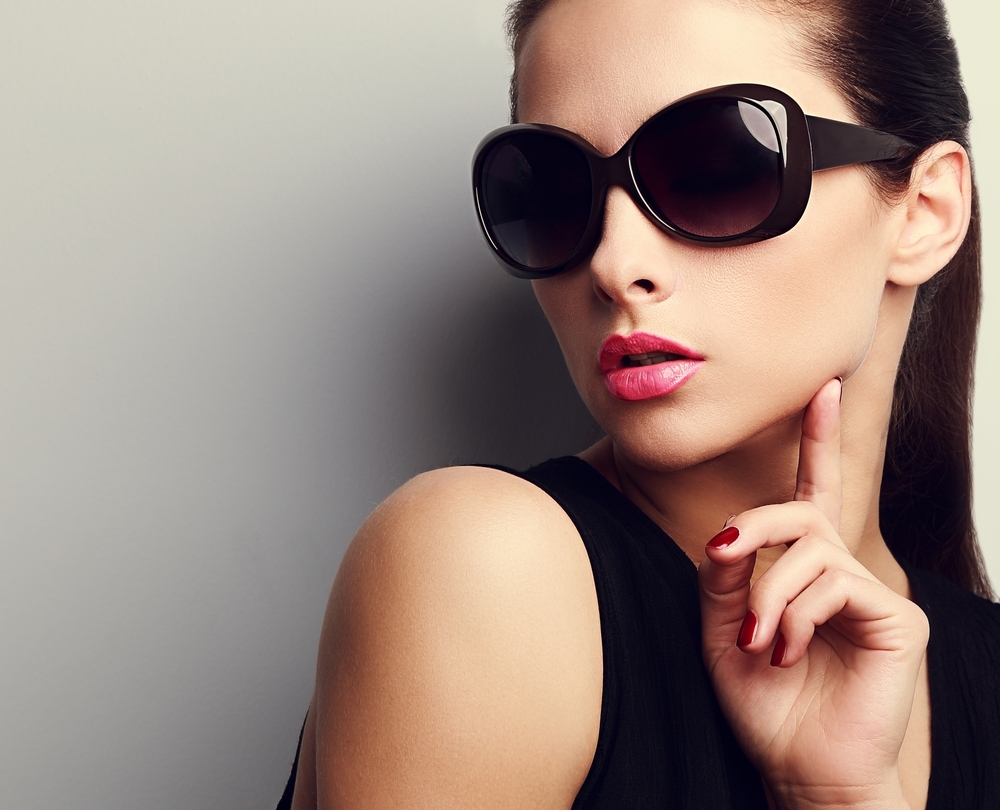
Accessorize
Always getting those painful sunburns where your hair is parted? Try throwing on a cute, wide brim hat next time you’re going to be outside for an extended period of time. Oversized sunglasses are also a trendy way to protect your eyes from sun damage. Mix up your looks this summer with cool accessories, and protect your skin at the same time!
Don’t Stop at Your Face
While wearing sunscreen on your face every day is important, we tend to spend more time outside during the warmer months, so extending our sunscreen coverage is essential. Applying sunscreen to your ears, neck, chest, shoulders, and hands can do a lot to help protect your skin from sun damage. It doesn’t take long for the stronger summer sun to harm your skin, so adding these extra steps to your morning routine will help you remember to do this every day!
Limit Sun Exposure
We’ve all heard this tip, and no one likes to follow it, but whenever possible, it is best to limit your sun exposure during peak hours. Taking a lunch break inside while the sun is highest in the sky (and using this time to reapply your sunscreen) can help decrease your chances of getting burnt. We hate to say it, but less sun is always better for your skin’s health.
No need to skip out on all of the fun outdoor activities that summer brings, but don’t forget to protect your skin first!



